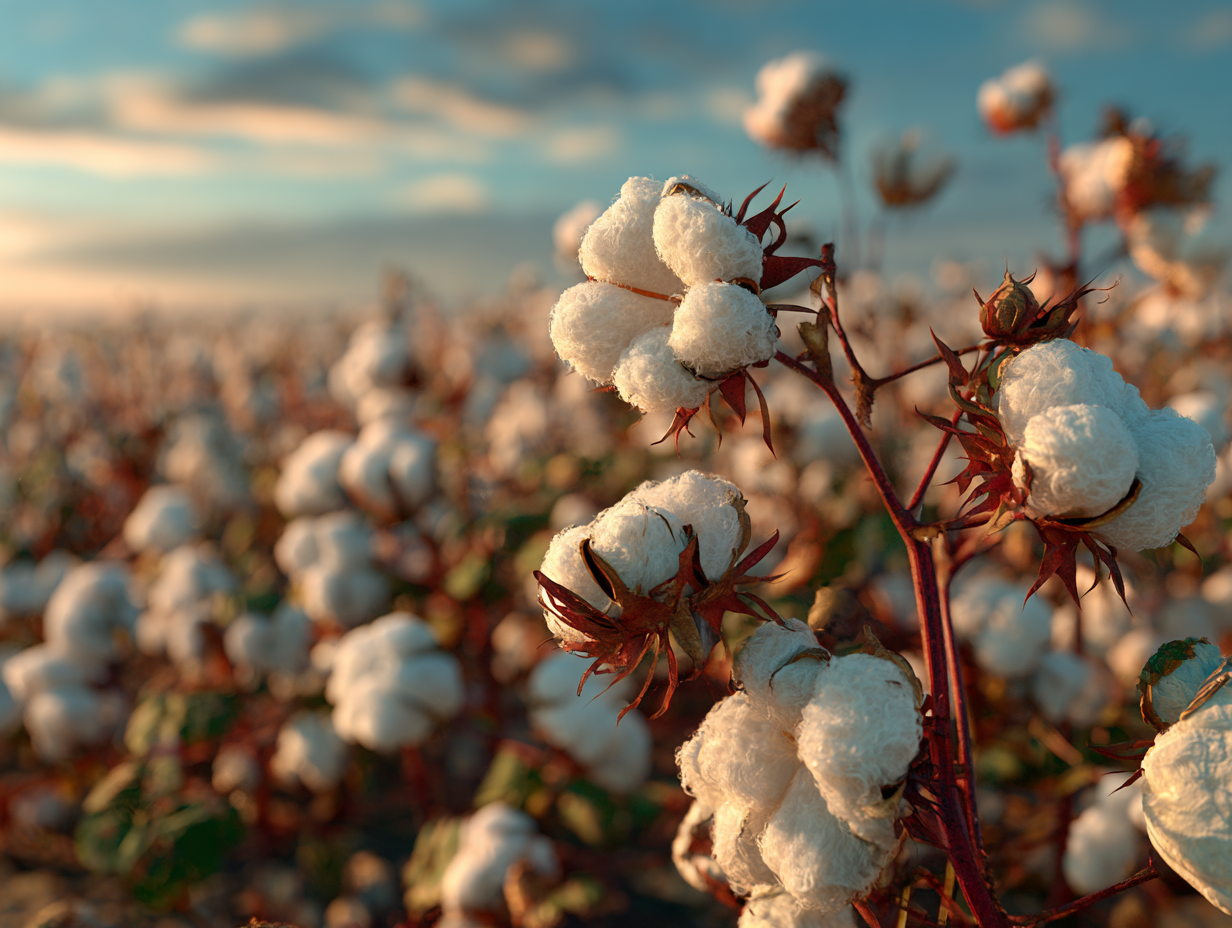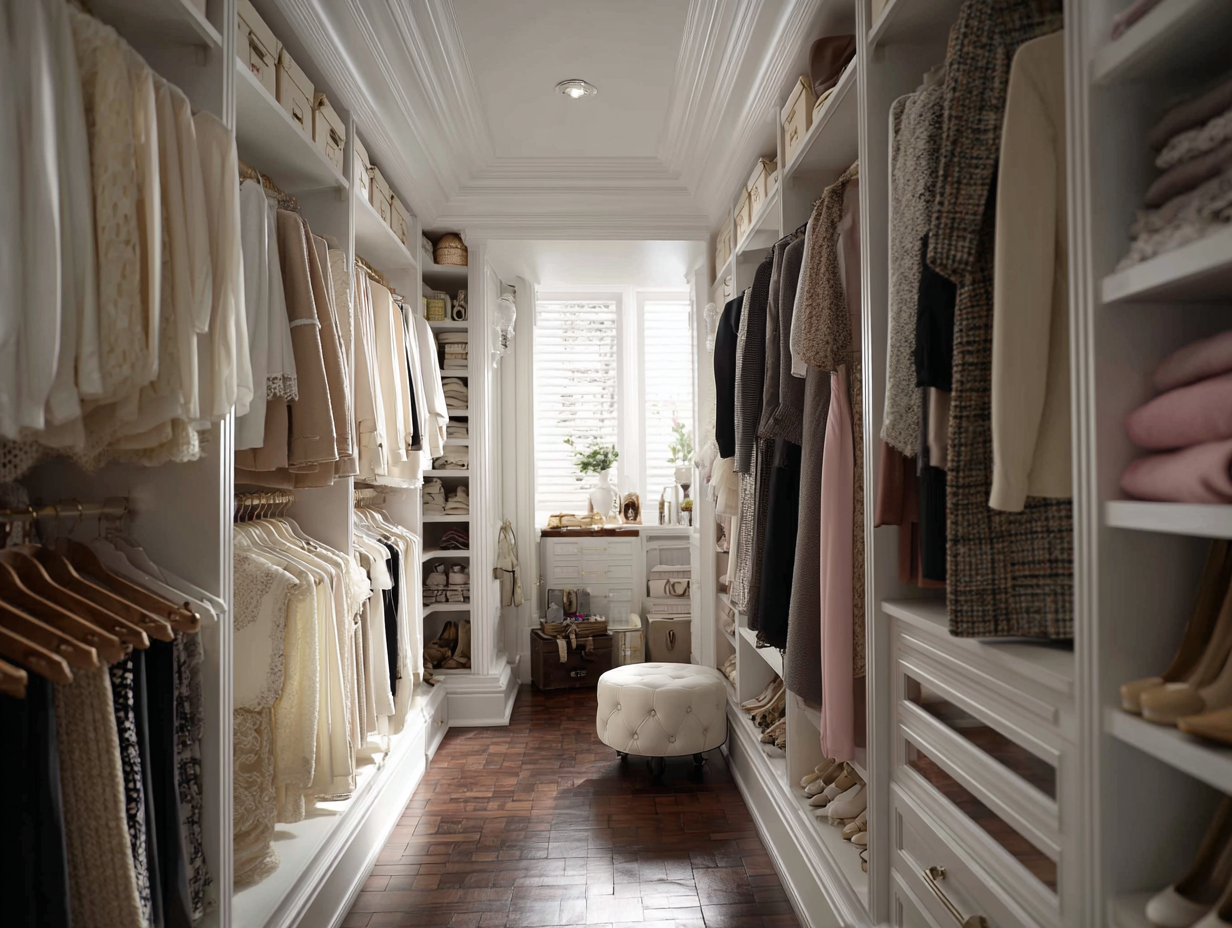Recycled vs. Recyclable — Why Both Matter
Understanding labels. Supporting sustainability. Buying with clarity.
When I started working in fashion over a decade ago, sustainability wasn’t a mainstream conversation — not even within the industry. But over the years, something changed. Certifications, hang tags, recycled materials, and take-back programs became the norm in production rooms and showrooms.
And yet, one question kept coming up — not from designers, but from consumers:
“What’s the difference between recycled and recyclable?”
It’s a simple question. But the answer reveals something important about how we think about sustainability — not just in fashion, but in everything we buy.
So I wrote this article to offer clarity. Whether you’re shopping for clothing, home goods, or even groceries, understanding these two terms will help you make better choices — not just trendier ones.
♻️ Recycled: Giving Waste a Second Life
Recycled materials are made from something that already existed before in some product form — something that would otherwise become waste. This could be:
- Plastic bottles
- Fabric scraps
- Old garments
- Industrial offcuts
- Fishing nets
These materials are collected, cleaned, broken down, and reprocessed into new fabric or products. Think of it as transforming yesterday’s trash into today’s texture.
Common Examples of Recycled Fabrics:
- Recycled Polyester (rPET): Made from post-consumer plastic like water bottles
- Recycled Nylon: Often sourced from ocean waste or pre-consumer nylon (e.g., ECONYL®)
- Recycled Cotton: Made from cutting waste or discarded cotton garments
- Recycled Wool: Reclaimed from old sweaters or textiles and re-spun
How Recycled Fabrics Are Made:
| Type | Process Overview |
|---|---|
| Synthetics (e.g., PET, Nylon) | Cleaned → Shredded → Melted → Re-extruded into new yarn |
| Natural fibers (e.g., Cotton, Wool) | Sorted → Mechanically shredded → Re-spun into yarn |
In fashion, I’ve worked with factories that build entire collections from recycled yarns. The results are impressive — and they’re getting better every season.
But there’s a catch: just because something is recycled doesn’t mean it’s recyclable.
That brings us to the second half of the story.
🔁 Recyclable: Designed for the Future
Recyclable materials are designed with their next life in mind.
This means the product or fabric:
- Can be easily separated from other materials
- Can be mechanically or chemically broken down
- Can be reused to make something new — again
Common Recyclable Fabrics:
| Fabric | Why It’s Recyclable |
|---|---|
| 100% Cotton | Can be shredded and re-spun |
| 100% Wool | Can be felted or re-woven |
| 100% Polyester | Can be reprocessed into rPET |
| Lyocell / TENCEL™ | Cellulose-based, biodegradable, recyclable in textile streams |
The simpler the fabric composition (e.g., no blends, no glued trims), the easier it is to recycle.
Why Most Clothes Aren’t Recyclable
Many garments are made of blended fibers — like cotton-polyester or wool-acrylic — which can’t be separated during recycling. Labels, zippers, dyes, and trims also complicate things.
Even when the material is recyclable, the garment might not be.
That’s why designers (myself included) have started incorporating:
- Mono-material designs
- Snap closures instead of glue
- Removable trims and compostable labels
So a product can actually be recycled when it’s worn out.
🌍 Beyond Fashion: It’s Everywhere
This isn’t just about clothes.
- The paper box for your skincare may be recycled
- The shampoo bottle may be recyclable
- Your cotton tote may be both — made from recycled fabric and designed for recycling
Understanding these two terms will change how you read packaging and product tags — from food to fashion to home goods.
🔗 Related Read:
Guilty of Fast Fashion? The Hidden Cost of Fast Fashion — And What I Do Instead
A personal take on how to balance a love of fashion with sustainability — and how small shifts in mindset can lead to more conscious style decisions.
🧭 Final Thoughts: The Power Is in the Pairing
| Term | What It Means | Role in Sustainability |
|---|---|---|
| Recycled | Made from old materials | Reduces waste, saves natural resources |
| Recyclable | Can be broken down and reused | Enables circularity and future reuse |
One looks back. The other looks forward.
But together, they support the cycle of reuse, regeneration, and responsibility — the pillars of a more conscious world.
🪡 My Take as a Designer
After 10+ years of working in sustainable fashion, I believe this is one of the most important concepts consumers need to understand.
It’s not about perfection. It’s about awareness.
Once you understand the difference between recycled and recyclable, you start asking better questions. You start reading the fine print. You begin to see fashion — and every product in your life — not as disposable, but as part of something bigger.
And that’s when real change begins.









